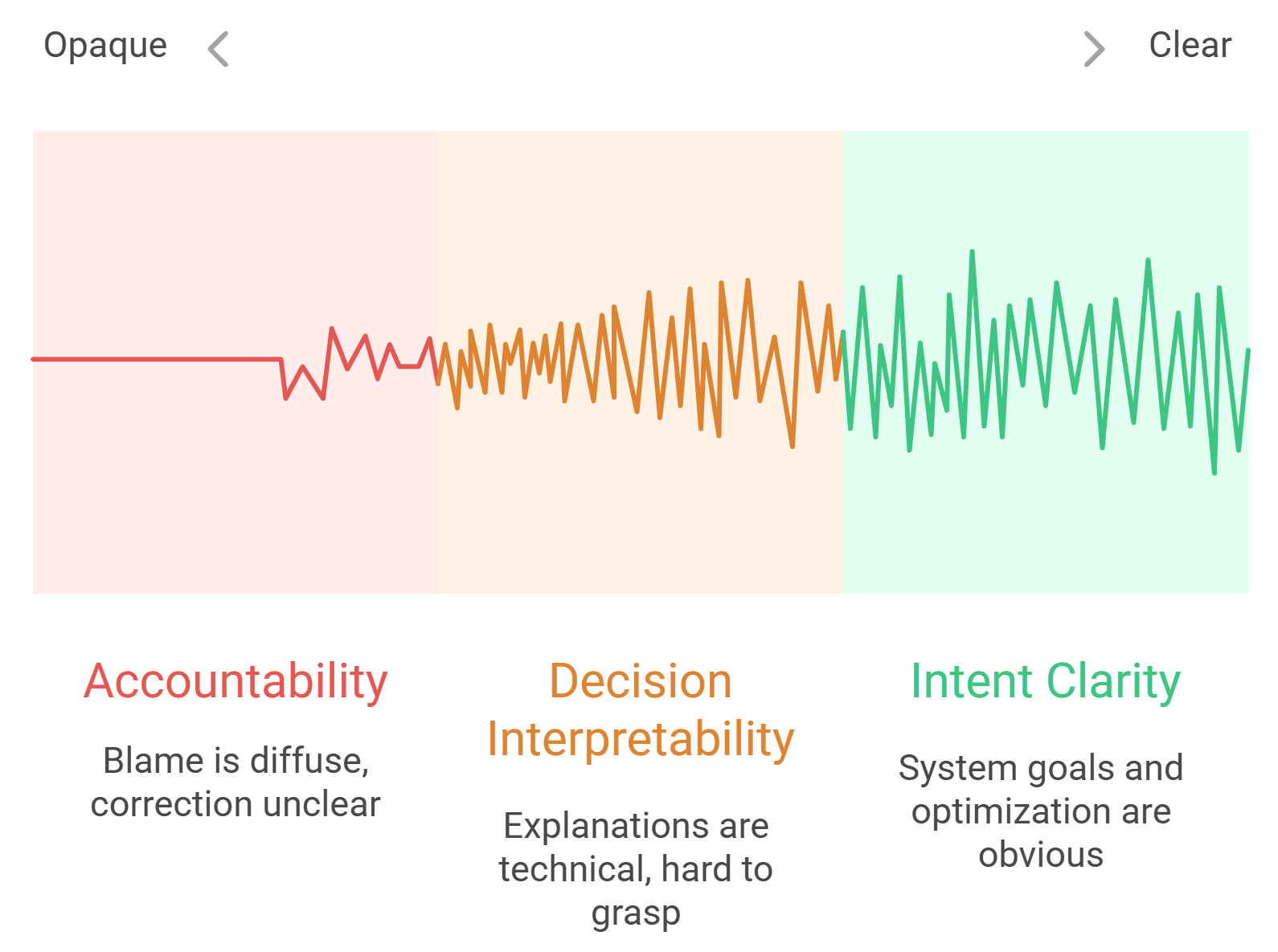What Malaysia Gets Wrong About Building Trustworthy AI
Malaysia is investing heavily in AI. But without trust, those systems will fail. This post explores the design gap, and how to fix it.

Malaysia is making impressive moves in AI.
New roadmaps. Digital transformation initiatives. Government support for AI startups. International partnerships. The announcements keep coming.
The optics look strong. Malaysia is moving forward.
But here's what's missing: public trust isn't increasing with public investment.
People are still sceptical of AI systems making decisions about their loans, their healthcare, and their future.
They don't understand how these systems work. They don't trust the outcomes.
We're building systems, but not belief.
Where the Trust Gap Lives
Most AI development in Malaysia focuses on two things: performance and compliance.
Can the system do what it's supposed to do? Does it meet regulatory requirements?
These are important questions. But they're not the only questions.
The missing question is, will people actually trust this system enough to use it?
In AI, if people don't understand, they don't trust. In fintech, if decisions feel arbitrary, people get suspicious.
In government services, if the process is opaque, confidence erodes.
Trust isn't given just because you pass the test.
Three Misconceptions in Malaysia's AI Push
We're making three assumptions that sound reasonable but don't hold up in practice:

Myth #1: Standards Equal Trust
Malaysia has been working on AI governance frameworks, ethical guidelines, and certification processes.
This is necessary work. Standards matter. Compliance matters.
But standards don't automatically create trust. They create accountability structures. Those are different things.
You can have a perfectly compliant AI system that nobody trusts because nobody understands how it makes decisions.
You can have ethical guidelines that look good on paper but don't translate to user confidence in real systems.
Standards are the foundation. Trust is the building you construct on top.
Myth #2: Innovation Equals Public Buy-in
Malaysia's AI strategy emphasises being competitive globally, developing cutting-edge capabilities, and attracting international investment.
All good goals. But people aren't automatically excited about what's cutting-edge.
They're sceptical of what they don't understand.
The more sophisticated the AI system, the more mysterious it feels to regular users. Mystery breeds suspicion, not confidence.
Innovation without explanation creates distance between the technology and the people it's supposed to serve.
Myth #3: Local Equals Trusted by Default
There's an assumption that Malaysian-built AI will naturally earn more trust from Malaysian users.
Local context matters. Cultural understanding matters. But proximity doesn't guarantee trust.
Trust has to be earned through transparency, reliability, and respect for user agency. Not through geography.
A local AI system that makes opaque decisions is still an opaque system. Being Malaysian doesn't fix that.
A Better Model for Trust Design
Trust isn't a feature you add to AI systems. It's a constraint that shapes how you build them.
Malaysia needs to design trust into AI systems from the beginning, not bolt it on afterward.
This means three things:
Intent clarity: Users need to understand what the system is trying to achieve and why. Not just what it does, but what it's optimising for.
Decision interpretability: People need explanations they can actually understand. Not technical documentation. Not legal disclaimers. Real explanations in plain language.
Accountability structures: When the system gets something wrong, there needs to be a clear path to correction and responsibility.

These shouldn't be nice-to-have features. They should be design requirements for any AI system that touches Malaysian lives.
Why This Matters Now
AI is moving from pilot projects to real deployment.
Banking algorithms decide who gets loans. Healthcare AI influences treatment decisions. Government systems process citizen services.
When trust fails at this scale, the consequences aren't just technical. They're social and political.
Trust failures create backlash. Product rejection. Policy reversals. Public scepticism that takes years to rebuild.
Malaysia has invested too much in AI development to let trust gaps undermine the whole effort.
The Cultural Layer
Malaysia's approach to trust is different from Silicon Valley's "move fast and break things" mentality.
Respect matters here. Face matters. The way decisions are communicated matters as much as the decisions themselves.
AI systems that work well in other countries might fail in Malaysia not because of technical problems, but because of trust problems.
We need AI that understands Malaysian social dynamics, not just Malaysian data.
This is actually an advantage. Malaysia can build AI systems that are more culturally aware, more socially responsible, and more trustworthy than generic global solutions.
But only if we design for trust from the beginning.
My Position on This
I work at the intersection of AI systems, ethics, and local context.
I see the gap between what we're building and what people actually trust. It's real. It's growing. And it's solvable.
This blog exists because I believe Malaysia can build better AI systems. Systems that work not just technically, but socially.
We have the talent. We have government support. We have a market opportunity.
What we need now is design discipline. The commitment to build trust into systems, not around them.
Moving Forward
This isn't about blame. It's about clarity.
Malaysia's AI strategy is ambitious and necessary. But it needs to include trustworthiness as a core requirement, not an afterthought.
We need public conversation about trustworthy AI, not just faster AI. About systems that people actually want to use, not just systems that work in demos.
The technical challenges are solvable. The trust challenges are designable.
But we have to choose to prioritise trust. Make it a constraint that shapes everything else.
Otherwise, we'll build impressive systems that nobody uses. Compliant frameworks that nobody trusts. Innovation that doesn't actually improve lives.
Malaysia can do better than that. We just have to design for it.
This post is a starting point for that conversation.
This space stays independent. If it sparked value, you can fuel the next one ⇢
☕ Buy me a coffee



